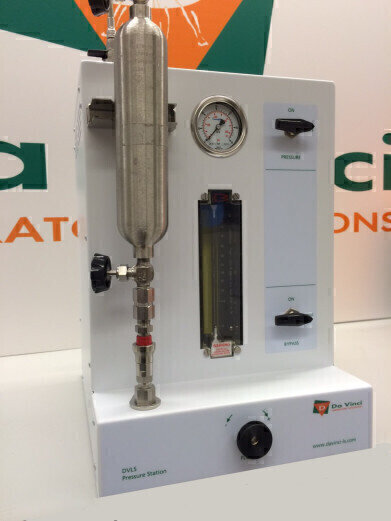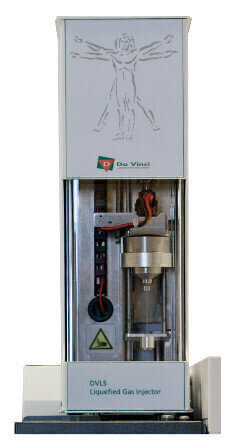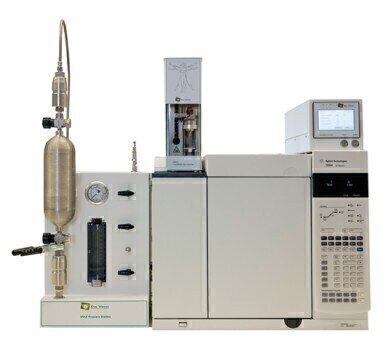Analytical Instrumentation
High pressure liquid sampling of unstabilised gas condensate improves accuracy
May 20 2015
One of the challenges in the analysis of unstabilised gas condensate is a representative sample injection. A high pressure liquid sampling technique allows a precise sampling of liquid streams having a wide hydrocarbon range such as unstabilised gas condensate.
The high amount of light hydrocarbons in gas condensate easily causes a separation of predominantly light hydrocarbons in the gas phase and the heavy hydrocarbons in the liquid phase. Performing an analysis of the gas and liquid phase separately and merging the analysis results decreases the accuracy.
An accurate alternative is a high pressure liquid sampling chromatography technique that requires only a single analysis of the unstabilised gas condensate. The technique is based on a dedicated Liquefied Gas Injector (LGI), developed by Da Vinci Laboratory Solutions, that introduces a representative and repeatable amount of the sample onto a GC column. The LGI technology has been approved as the ASTM D 7756 method and the European Standard EN 16423 method for the analysis of oily residues in LPG.
Attend the lecture at NEN GAS2015
At the upcoming International Gas Analysis Symposium & Exhibition organised by NEN and ISO/TC 158 Da Vinci Laboratory Solutions will present a lecture on the 'Accurate analysis of unstabilised gas condensate using a high pressure liquid sampling GC technique' on Thursday June 11, 2015 at 09:00 hrs. This event is scheduled from June 10-12, 2015 in Rotterdam, the Netherlands.
Configure the system for unstabilised gas analysis
The design of the LGI allows liquefied gas analysis with pressures up to 80 bar and requires a single GC run for the analysis of Nitrogen, Carbon dioxide, Hydrogen sulfide and C1-C36+ hydrocarbons in high pressure unstabilised gas condensate. The sample is kept under pressure by pressurising the sample cylinder with water or using a piston cylinder. By applying a two channel system, only one single injection is required. Nitrogen, Carbon dioxide, Hydrogen sulfide, Methane, Ethane and Propane are analysed using a TCD. C4 up to C36+ are analysed using an FID.
The DVLS Liquefied Gas Injector offers the petrochemical industry numerous benefits:
- Innovative sampling technique - A high pressure injection valve connected to an injection needle ensures a direct on-column LPG injection.
- High safety - The direct injection approach of the LGI eliminates the need for sample evaporation of the LPG.
- Representative sample injection – The Pressure Station allows to inject a representative sample of the pressurised gas as a liquid.
- Wide application range:
- Oily residues and light contaminants in LPG (ASTM D7756, EN 16423)
- Hydrocarbon composition of LPG (ASTM D 2163, ISO 7941)
- Elemental Sulfur in LPG
- Desulfurization additives in LPG: DIPA, MEA & DEA
- Inhibitors, additives and Dimers in Butadiene: ρTBC, VCH and NMP
- Unstabilised Gas Condensate
- Fast analysis time of less than 30 minutes.
Download the application notes for a complete description of the various analyses performed with the DVLS Liquefied Gas Injector.
Digital Edition
PIN 25.2 Apr/May
April 2024
In this Edition Safety - Carbon monoxide toxic and flammable gas detection Analytical Instrumentation - Density: A fundamental parameter at critical stages within the petroleum sector...
View all digital editions
Events
May 05 2024 Seville, Spain
May 06 2024 Riyadh, Saudi Arabia
May 06 2024 Houston, Tx, USA
May 06 2024 Houston, Tx, USA
Canada Gas & LNG Exhibition & Conference
May 07 2024 Vancouver, BC, Canada




















